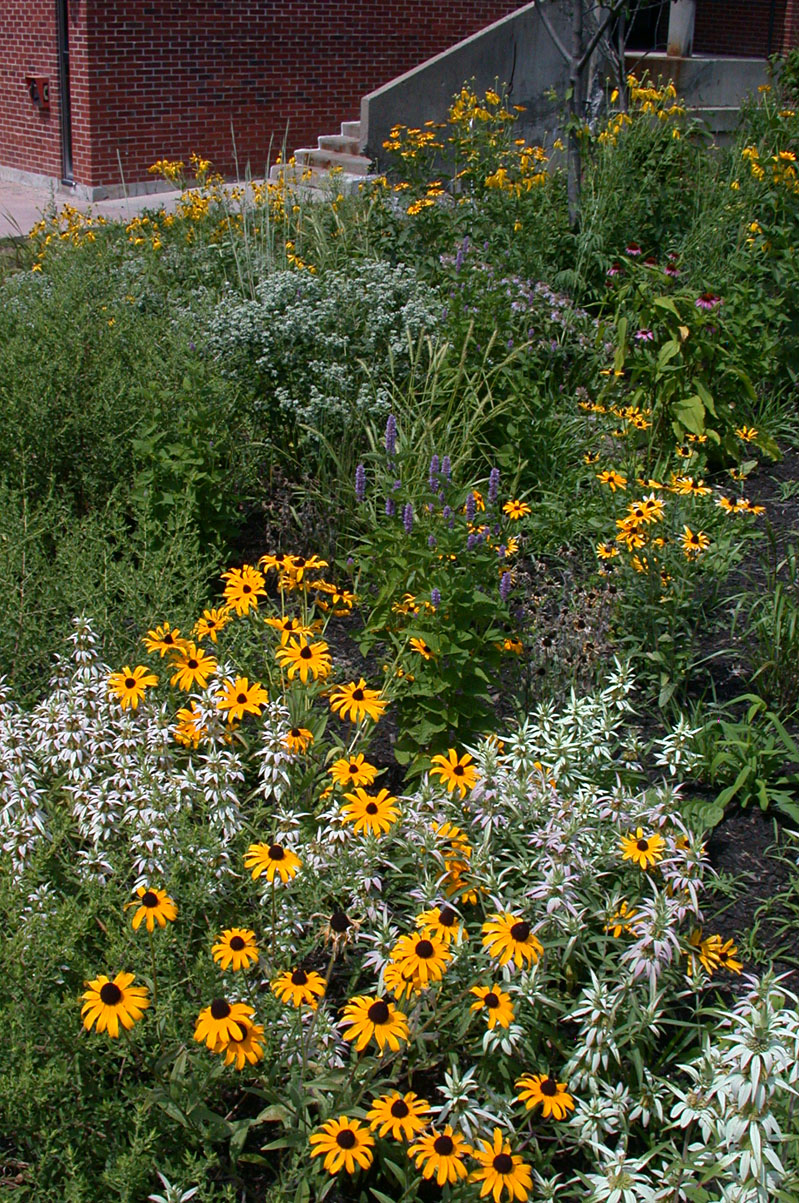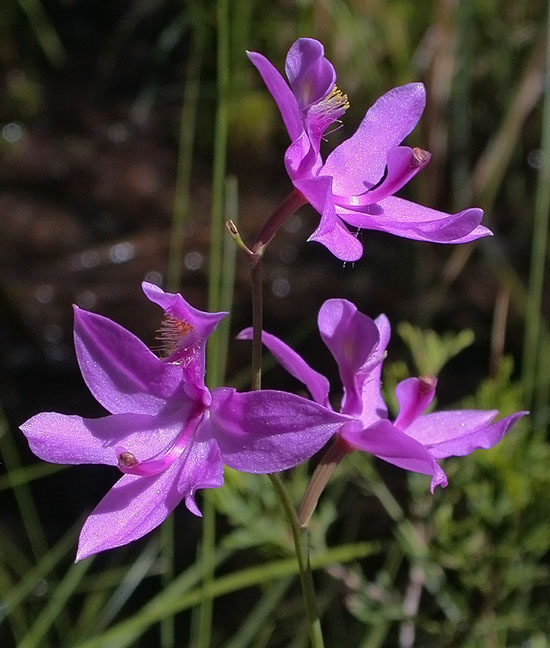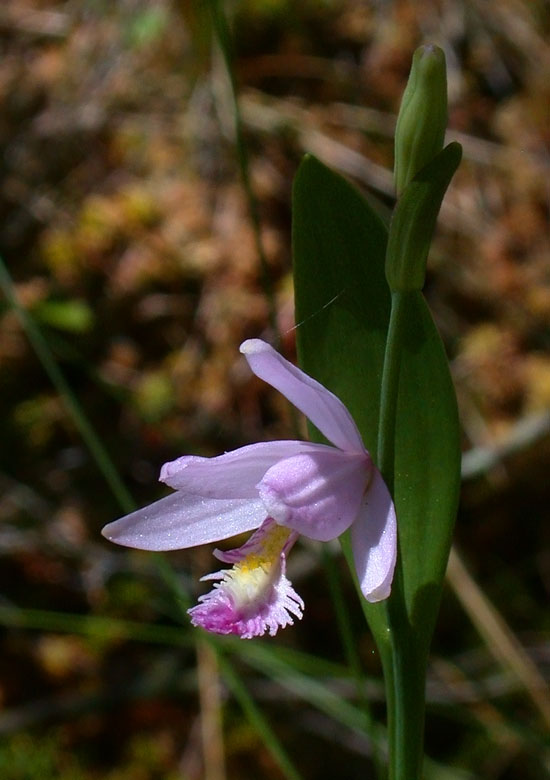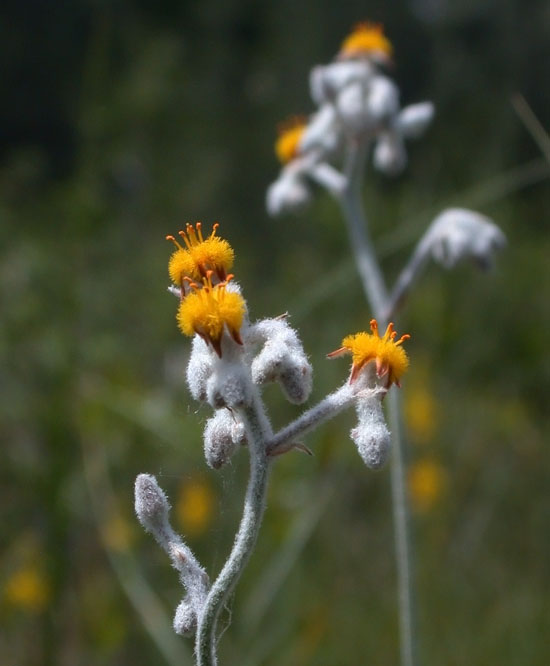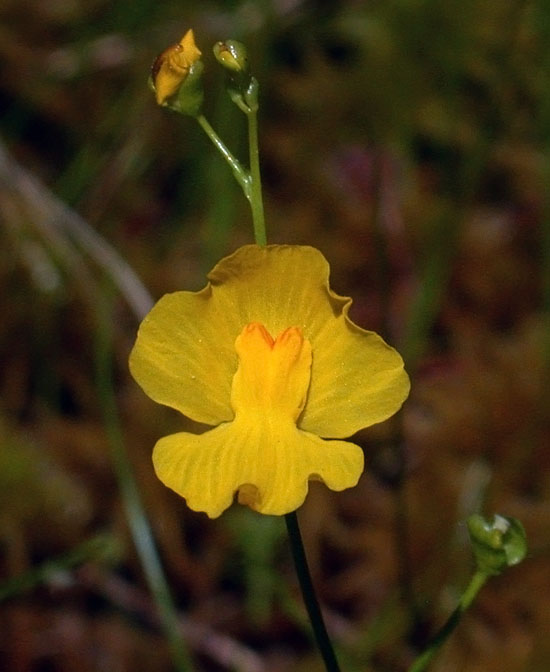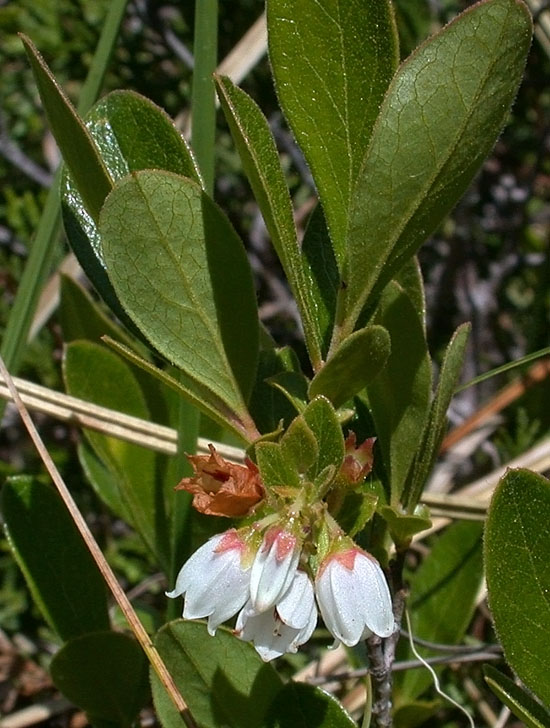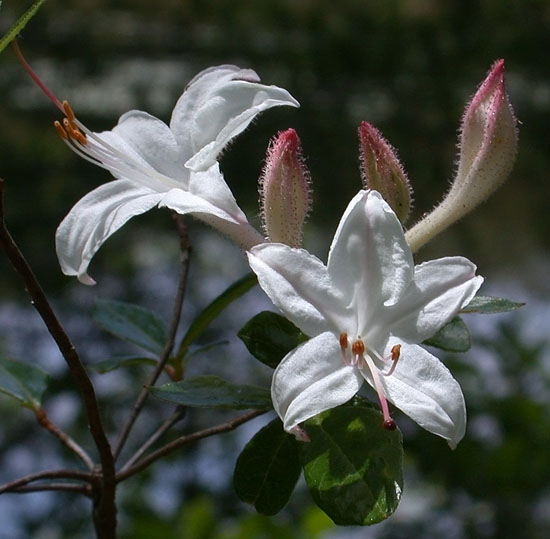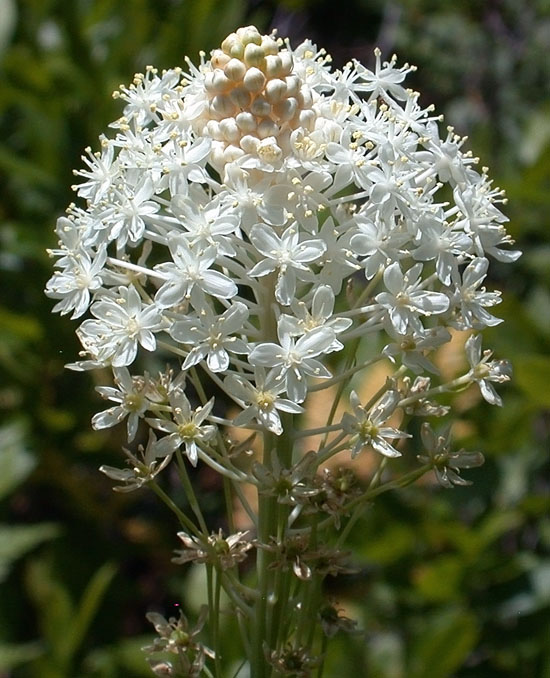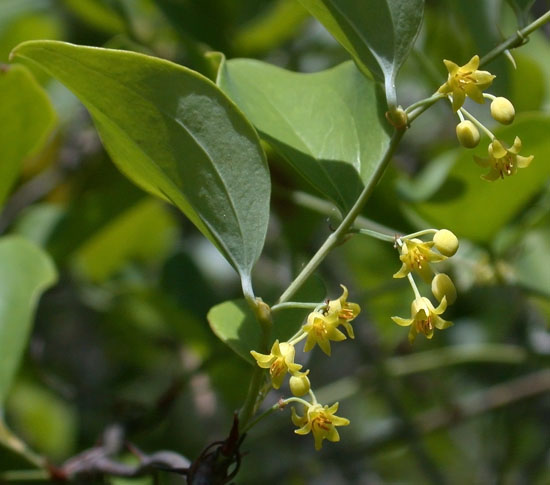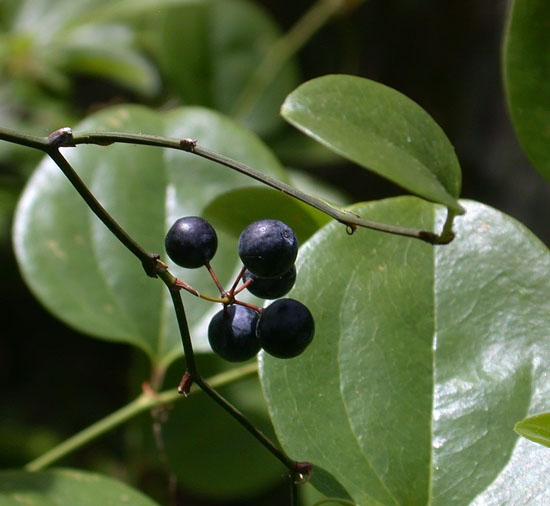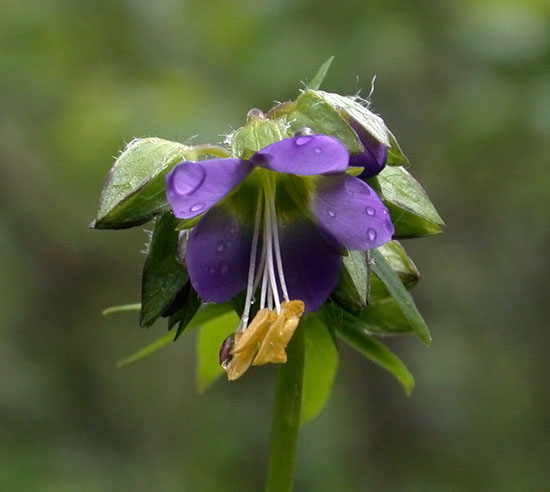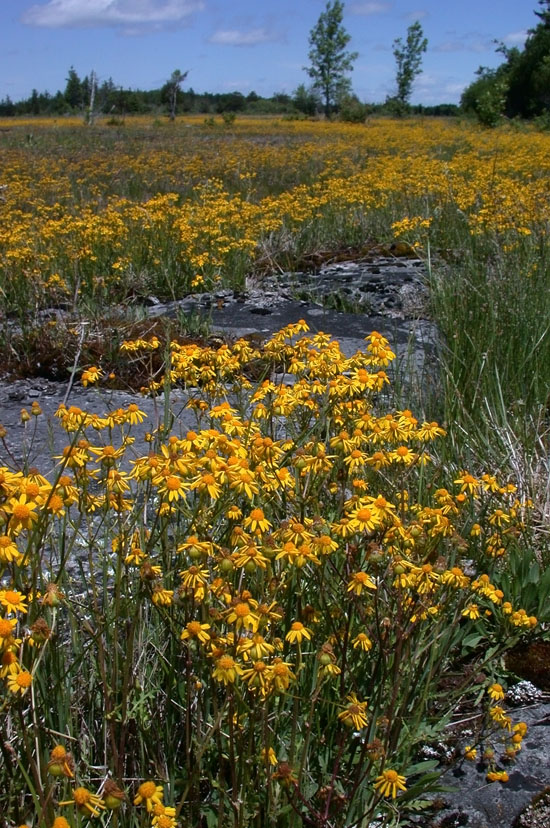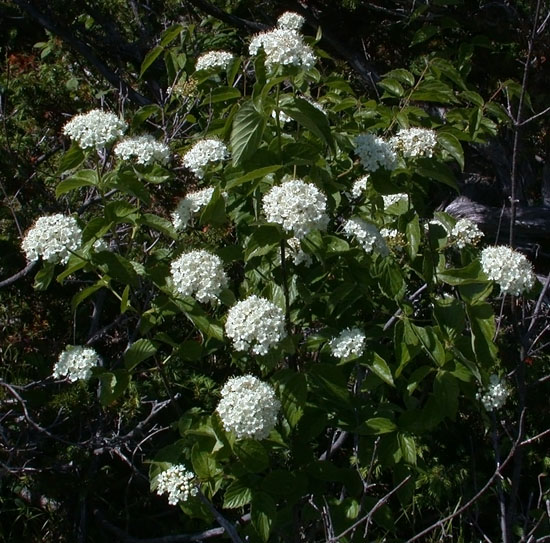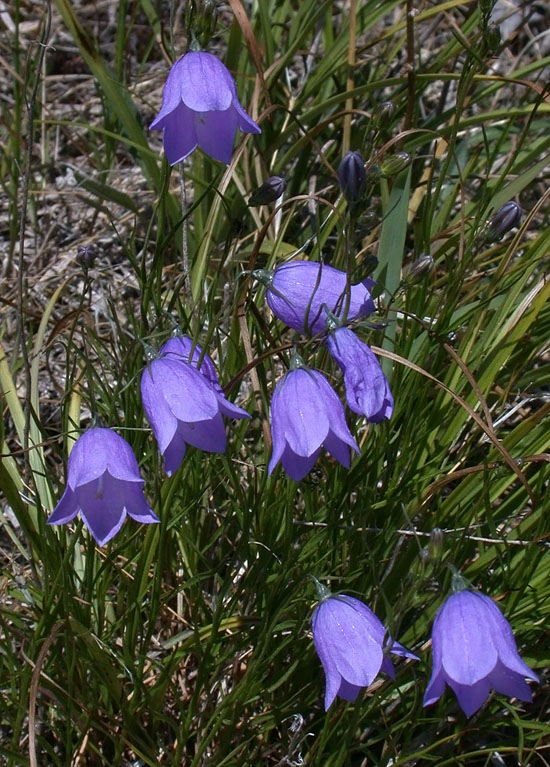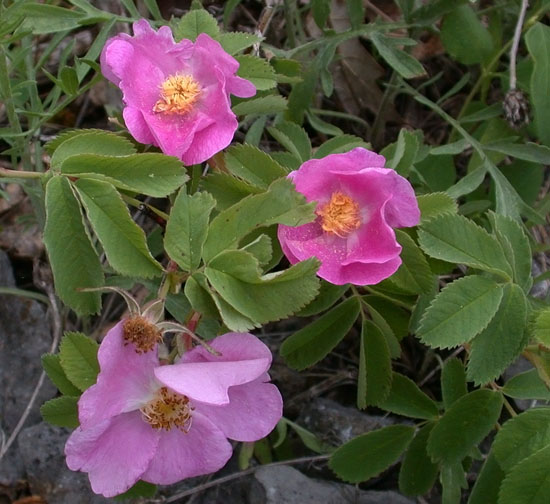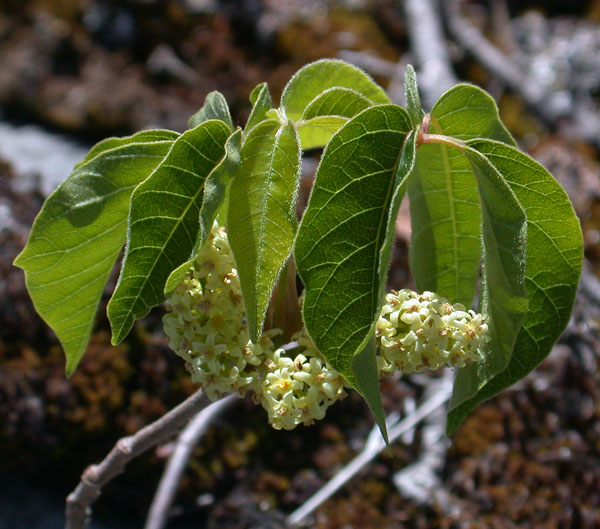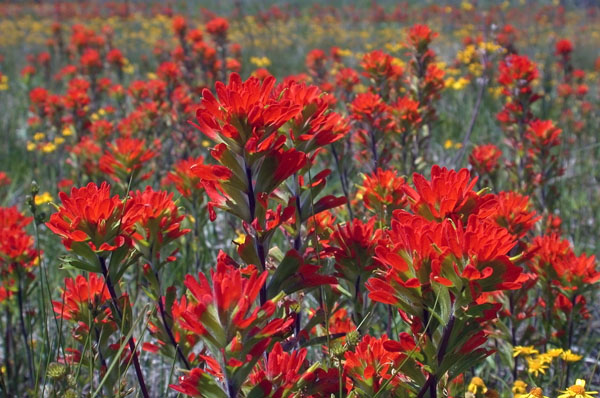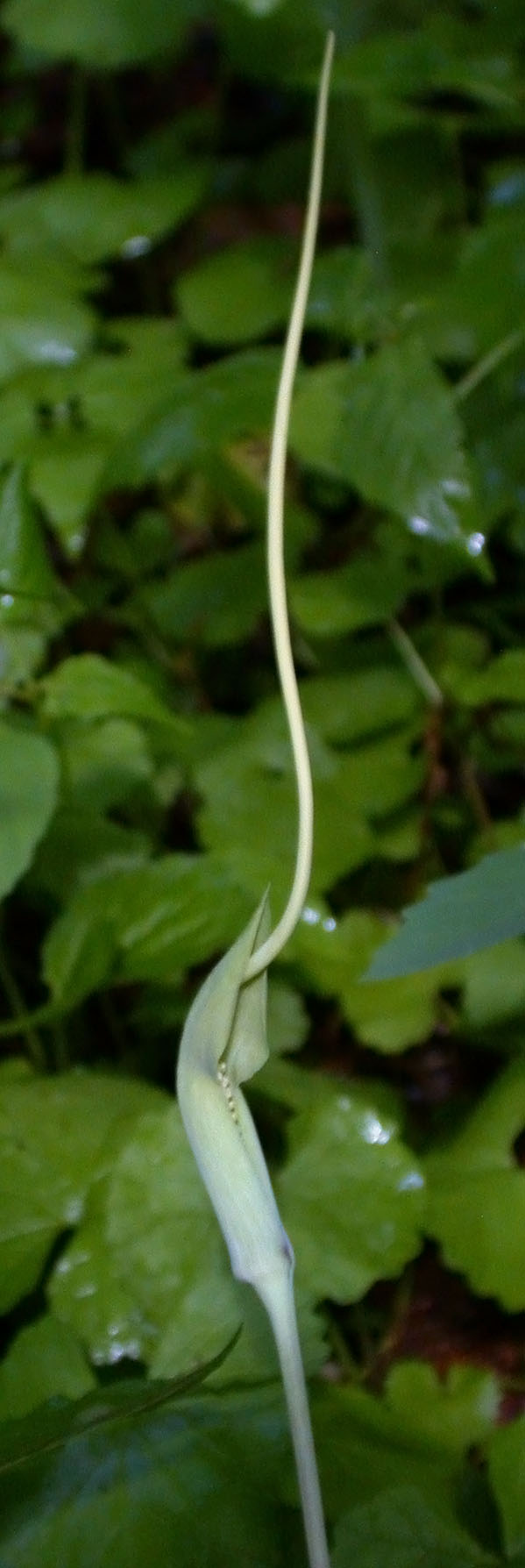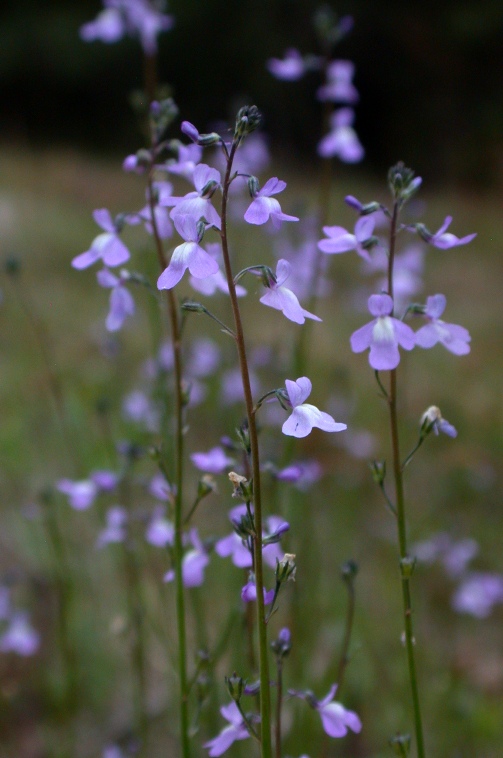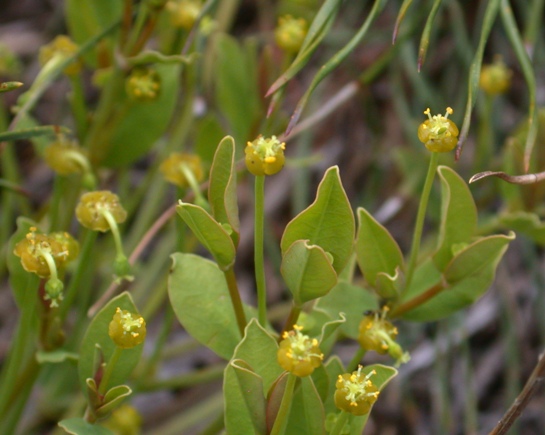Some pictures of a project that I’ve been working on at SUNY Cortland for about the last year and a half. This is part of a much larger area that has proven to be a challenge in that the original installation was overrun by invasive weeds in the first growing season.
Plants were grown in 38 cell deep star plug trays in a greenhouse in 2015 from seeds collected locally and some donated by the Finger Lakes Native Plant Society. Species include Agastache foeniculum, Allium cernuum, Asclepias sullivantii, Asclepias incarnata, Asclepias speciosa, Andropogon gerardii, Aquilegia canadensis, Geum triflorum, Monarda fistulosa, Monarda puctata, Heliopsis helianthoides, Penstemon hirsutus, Penstemon digitalis, Symphyotrichum oblongifolium, Schizachyrium scoparium, Sisyrinchium angustifolium, Viola sororia, and Ratibida pinnata. Most were about 4 months old at the time of planting though a few were added later.
Plugs in the greenhouse, April 2015

The site was sprayed with Roundup in June of 2015 and planted soon after. The after photos are from June of this year after hand weeding and mulching.
June 21, 2015

June 24, 2016

June 21, 2015

August 4, 2016

June 21, 2015
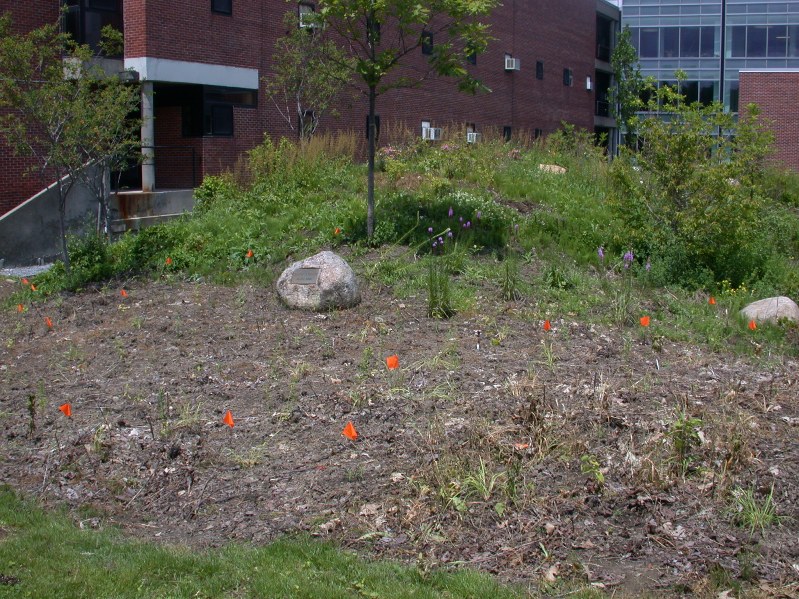
Aug 4, 2016
